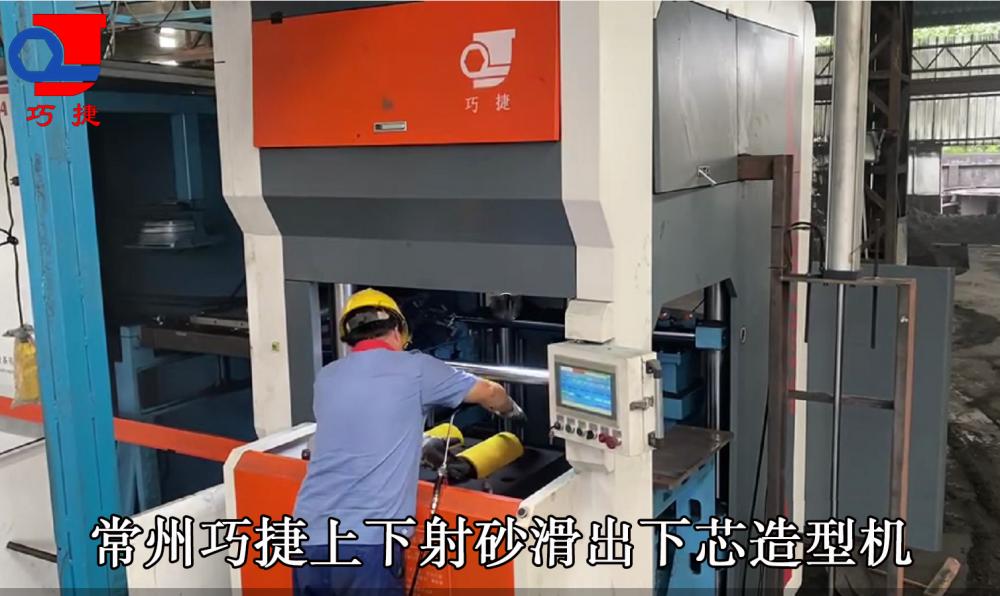From Phil Stenholm:
Another look back at the History of the Evanston Fire Department.
HAPPY BIRTHDAY!
On May 1, 1975, the Evanston City Council accepted bids for a new 1,000/300 triple-combination pumper. This was the same model as the two Howe pumpers bought the previous year. The new unit would replace Engine 25, a 1952 Pirsch 1000/100 TCP that had once been Squad 21 before being rebuilt into a TCP by General Body in 1966. Mack won the contract with a bid of $53,725, beating out FWD Seagrave, Pirsch, and other manufacturers. Chief George Beattie insisted the new Mack pumper be painted “safety yellow,†following the color scheme of the recent Howe units.
That same year, Chief Beattie received a new Plymouth sedan (fleet #301), which was painted red instead of the safety yellow used for other department vehicles. His old 1973 Plymouth station wagon was reclassified as F-2 after a light bar was installed on the roof, replacing the old “Kojak light.†The former F-2, a 1971 Dodge station wagon, was given to the Fire Prevention Bureau (FPB) and became part of the newly formed fire investigation unit, or “arson squad.†Firefighters Bob Schwarz, Pat Lynn, and Jim Hayes were appointed as investigators. Meanwhile, one of the FPB captain positions was eliminated after Capt. Joe Thill retired.
As part of the agreement from the February 1974 firefighters’ strike, the average workweek was reduced from 56 to 54 hours. In 1975, two new firefighter positions were added, bringing total membership to 102. One firefighter per shift now covered for those taking a “short day†(formerly known as a “Kelly Dayâ€), while three firefighters on each shift handled vacation and sick leave. This led to a slight reduction in the minimum staffing level, from 28 to 27, with six three-man companies, two four-man companies, and the shift commander (F-2).
Eighteen new firefighters joined the department between 1974 and 1975, including Samuel Boddie, Art Miller, Bill Betke, Jim Potts, Dave Lopina, Bob Hayden, Mike Adam, Don Gschwind, Thomas Simpson, Joe Hayes, Bob Wagner, Keith Filipowski, Ken Dohm, Tom Kavanagh, Milton Dunbar, Ward Cook, Jim Keaty, and Donald Williams. Captain James “Guv†Whalen was promoted, while Harry Harloff and Ken Perysian retired after 23 years of service. Several others also left the department during this time.
On Wednesday, May 28, 1975, the EFD responded to a fire at the Rust-Oleum Corporation’s storage yard on Oakton Street. A second alarm was called immediately, and a MABAS box was eventually pulled—the first time the department had used the system since its implementation in 1968. At the height of the blaze, 19 hand lines, two deluge nozzles, one multi-versal, one ladder pipe from Truck 22, a street jack, and a deck gun from Squad 21 were deployed. Explosions of paint drums sent debris flying hundreds of feet. Local residents were temporarily evacuated to safer areas.
A nearby 200,000-gallon water tank supplied the scene via a 24-inch feeder main. Rust-Oleum’s own 1,000-GPM pump operated alongside the city’s residential mains. Firefighters from Evanston, Skokie, Wilmette, Morton Grove, and Winnetka pumped water from hydrants in the surrounding area, including one located near the C&NW RR tracks, half a mile north of the fire site.
The fire was eventually contained and extinguished, but not before causing $775,000 in damage. It ranked as the fourth-largest fire loss in Evanston’s history at the time, behind fires at the American Hospital Supply Corporation (1963), Rolled Steel Corporation (1970), and Bramson’s clothing store (1971). While not the most damaging, it was certainly the most dramatic in terms of spectacle.
The next day, May 29, 1975, marked the EFD’s centennial anniversary. Although the official establishment date was May 29, 1875, the real beginning came earlier—on January 7, 1873, when the 60-member volunteer Pioneer Fire Company of Evanston was officially accepted by the village board.
The 1875 ordinance didn’t create a firefighting force; it simply formalized the process for organizing additional volunteer companies. By that time, the C.J. Gilbert Hose Company was already being formed. The law ensured that these companies would work together, not compete. It also established the fire marshal as the chief of the department, with all hose companies operating under his command.

Casting Molding Machine,Sand Casting Molding Machine,Sand Molding Machine,Automatic Station Molding Equipment
Changzhou Qiaojie Casting Equipment Co., Ltd. , https://www.jsqiaojie.com